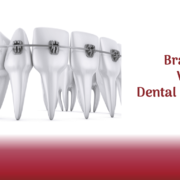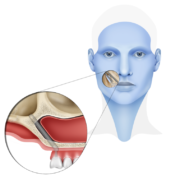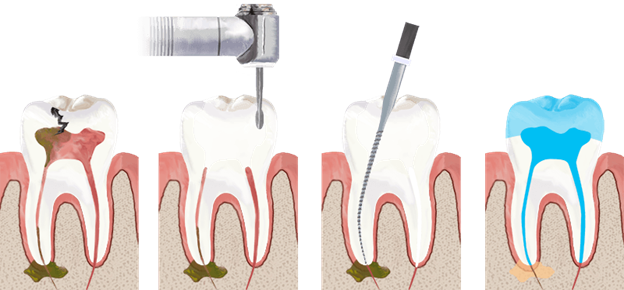Bone loss in the jaw, also known as osteoporosis, is a condition that can affect people of any age. It’s more common in individuals with certain medical conditions, such as diabetes and Paget’s disease. It is also more likely to occur with advancing age, but anyone can be affected. If left untreated, the effects of osteoporosis in the jaw may cause tooth mobility, painful chewing, and difficulty speaking. The good news is that there are a variety of ways you can help reverse or slow the progression of bone loss in the jaw so that you can continue to enjoy your favorite foods for years to come. Keep reading to learn more about restoring bone loss in the jaw so that you continue enjoying your favorite foods for many years to come.
What is bone loss in the jaw?
Bone loss in the jaw occurs when the jawbone is not able to regenerate itself at the same rate that it is being broken down. This causes a decrease in the amount of bone mass in the jaw, which can lead to painful issues such as tooth mobility. It’s important to note that bone loss in the jaw is different from osteoporosis, which is the decrease in bone mass in general throughout the body. It’s also possible for someone to experience both conditions at the same time.
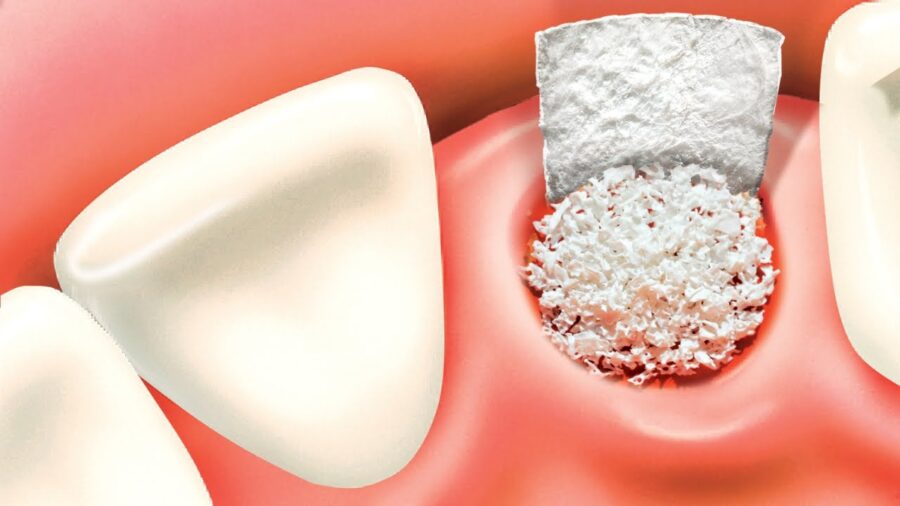
Bone loss in the jaw is an issue that is commonly seen in patients who suffer from osteoporosis. Osteoporosis is a condition in which the bones break down much more quickly than they are able to be regenerated. This causes the bones to become thinner and more porous. The jaw is one of the most commonly affected areas due to the fact that it is a place where numerous muscles and ligaments attach. This creates high amounts of stress that can result in the bones being worn down more quickly.
How does osteoporosis affect the jaw?
As the jawbone experiences bone loss, it becomes less dense. This can result in tooth mobility—especially in the upper jaw. The decreased bone density in the jaw can also lead to a cosmetic problem called jawline recession. As the jawbone decreases in density, it is less able to support the teeth. This can lead to teeth being abnormally close together, which can cause problems with chewing. It can also cause the teeth to become misaligned if the bone loss is severe enough. Another issue that can occur as a result of bone loss in the jaw is TMJ. TMJ is a condition that causes joint pain in the jaw, especially when chewing. The bone loss that occurs in the jaw due to osteoporosis makes it more likely to develop TMJ as well.
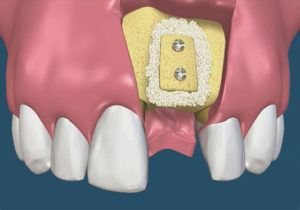
How to restore bone mass in the jaws
If you have been diagnosed with bone loss in the jaw, there are a variety of ways that you can help to reverse or slow the progression of the condition. The most important thing that you can do is raise your levels of vitamin D. Vitamin D is a potent inhibitor of bone breakdown. It can also help to increase the rate at which new bone is formed. Other nutrients that you can use to help restore bone mass in the jaw include biotin and vitamin K2.
You can also try engaging in certain jaw exercises that can help to strengthen the jaw muscles and regenerate the jawbone. A mandible advancement device (MAD) can be used to hold your mouth in a position that encourages the bones in the jaw to regenerate. You can also try wearing a mouthguard while you sleep to stabilize the jaw and help to promote bone regrowth.
Get your nutrition game on with vitamin D
Vitamin D is a powerful nutrient that is important for healthy bone health. It has been shown to be effective in the prevention and treatment of osteoporosis. It is particularly beneficial for the jaw because it helps to increase the rate at which new bone is formed. This is especially important for people with osteoporosis since the condition causes the bones to be broken down much more quickly than they are able to be regenerated.
In order to increase your vitamin D intake, you can get 15 minutes of sun exposure several times per week or take vitamin D supplements. It is important to note that vitamin D from the sun and vitamin D from supplements are metabolized differently in the body. While sun exposure is a great way to increase vitamin D from your diet, it is also important to get vitamin D from other sources in order to prevent vitamin D deficiency.
Try biotin And vitamin K2
Another two nutrients that are important for healthy bone health are biotin and vitamin K2. Biotin is important for increasing the rate at which new bone is formed. While vitamin K2 helps to prevent bone breakdown. In order to increase your biotin and vitamin K2 intake, you can try consuming more biotin-rich foods like legumes and nuts, and eating foods that are high in vitamin K2 like eggs, fermented foods, and certain vegetables.
It is important to note that consuming excess biotin can be dangerous. So you should be careful to not take more than the recommended amount. While vitamin K2 does not appear to have any adverse side effects. It is important to note that it is poorly absorbed by the body. This means that you likely need to consume a very high amount in order to have an effect.
Use a mandible advancement device (MAD) Or hanger
There are a few things that you can do to help the jaw to regenerate. One of the best ways to help promote new bone growth in the jaw is to use a mandible advancement device (MAD) or a hanger. A mandible advancement device is a device that helps to pull the jaw forward, which helps to support the jawbones. A hanger is a device that you can use while you sleep that helps to stabilize the jaw.
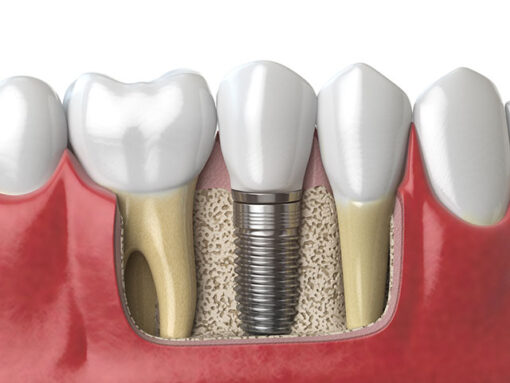
Although these devices are not proven to regenerate bone. They do help to provide additional stability to the jaw, which can help to prevent bone loss in the future. It is important to note that the bone loss that has already occurred cannot be reversed by these devices. However, they can help to prevent further bone loss and promote regrowth in the jaw in the future.
Conclusion
Bone loss in the jaw is a condition that affects many people, especially as they age. Fortunately, there are a variety of things that you can do to help reverse or slow the progression of the condition so that you can continue to enjoy your favorite foods and activities for many years to come. It is important to note that discovering the cause of your bone loss is the first step to finding a way to treat it. Once you know what is causing your bone loss, you can find a way to reverse the condition so that you can continue to enjoy your life.


